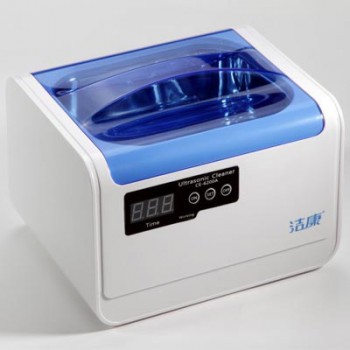It is never a good rule of thumb to buy something simply because it is available or because it is affordable for you. Find out exactly what your practice needs and then begin your research on the quality products to invest in. This is because buying portable dental equipment is just that, an investment. Check the product’s features and confirm how it will make your practice more effective.
With so many different models and manufacturers to choose from, you want to make sure you’re investing in something of quality that is best for your practice. While some products may do the same function, some perform and last better than others simply because of how they were made.
Although “top of the line” dental chairs may cost between $7,000 to $9,000, you may benefit more from buying a used dental chair instead. This is because many used and portable folding chairs are made of more durable materials than many of the mass-produced products on the market now. Taking x-ray equipment for a example:
When making the decision to purchase dental x-ray machine, the doctor needs to research the available options thoroughly, in order to make an informed choice for the “right” machine for his or her practice.
The first question that a doctor should ask themselves is, “What is the main type of treatment that I provide my patients?” If you are a general practitioner, a standard 2D panorex will provide all of the imaging requirements needed for such treatments as caries detection, diagnosis of TMJ issues, OPG images, and images of the patients entire detention in a single x-ray. Many of the newer 2D panoramic units also offer extraoral bitewing imaging capability, which allows the dentist to obtain a bitewing image without putting a sensor or periapical film inside of the patient’s mouth.
As good as a deal that company you don’t recognize or haven’t seen any reviews on may offer, do not buy from them unless you are sure the decision is right for you.
Choosing a manufacturer who has an established reputation and has been in business for a number of years. These companies have the knowledge and experience to help recommend the best products. This also benefits you because they know exactly how each product functions and how it benefits the different dental practices.

